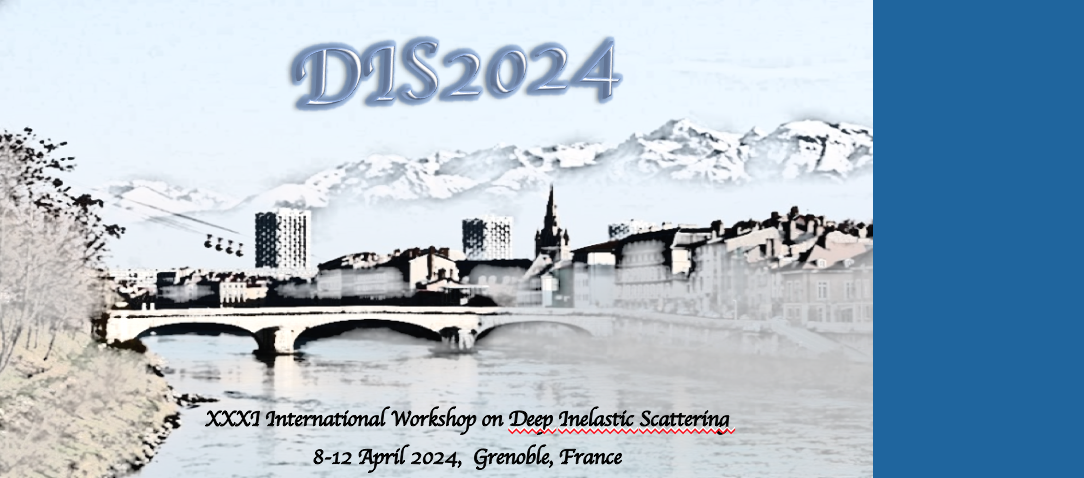Orateur
Description
Abstract 215:
In relativistic heavy ion collisions, the charged ions produce an intense flux of equivalent photons. Thus, photon-induced processes are the dominant interaction mechanism when the colliding nuclei have a transverse separation larger than the nuclear diameter. In these ultra-peripheral collisions (UPCs), the photon provides a clean, energetic probe of the partonic structure of the nucleus, analogous to deep inelastic scattering. This talk presents a measurement of jet production in UPCs performed with the ATLAS detector using high-statistics 2018 Pb+Pb data. Events are selected using requirements on jet production, rapidity gaps, and forward neutron emission to identify photo-nuclear hard-scattering processes. The precision of these measurements is augmented by studies of nuclear break-up effects, allowing for detailed comparisons with theoretical models in phase-space regions where significant nuclear PDF modifications are expected but not strongly constrained by existing data.
Abstract 216:
Ultraperipheral collisions of relativistic heavy ion beams lead to a diverse set of photon-nucleus (photonuclear) interactions. The measurements of particle production in photonuclear reactions can shed light on the QCD dynamics of the novel, extremely asymmetric colliding systems, with energies between those available at RHIC and the LHC. Previous studies by ATLAS indicate significant elliptic and triangular flow coefficients in these events. Thus, it is imperative to check these events for other potential QGP signatures such as radial flow. This talk presents the measurement of charged hadron yields in photonuclear collisions using 5.02 TeV Pb+Pb data collected in 2018 by ATLAS. The charged hadron yields are presented as a function of pseudorapidity and transverse momentum in different categories of event multiplicity. The results are compared with 5.02 TeV p+Pb data collected in 2016 by ATLAS at the same event multiplicities. The results are also compared with calculations from DPMJET and hydrodynamic-based models. These comparisons enable detailed characterizations of photonuclear collision properties, including the photon energy distribution and whether small QGP droplets may be formed.

